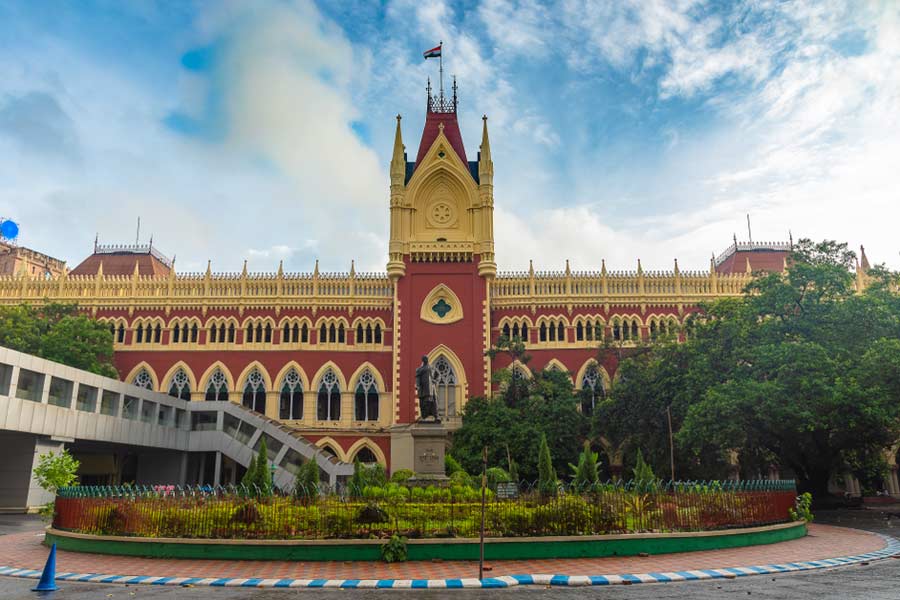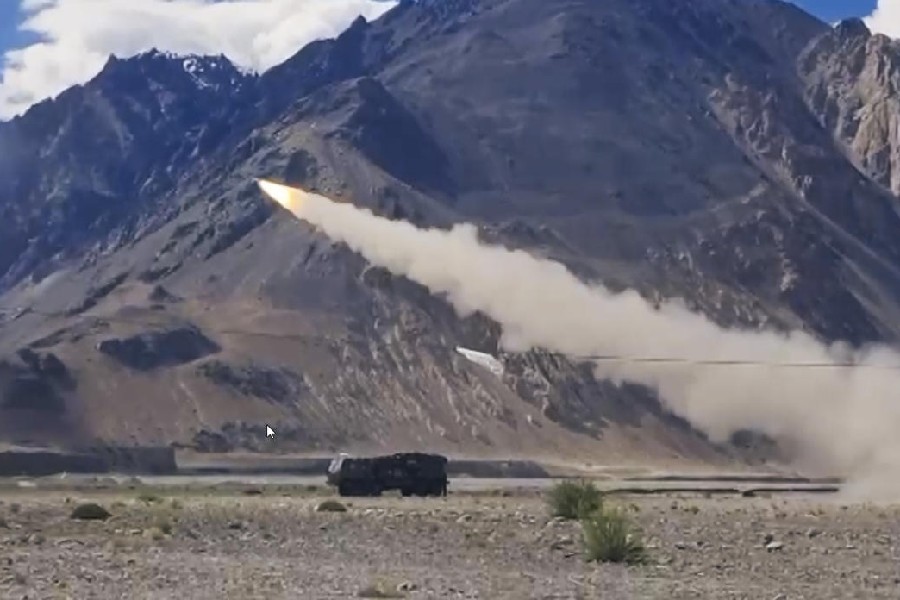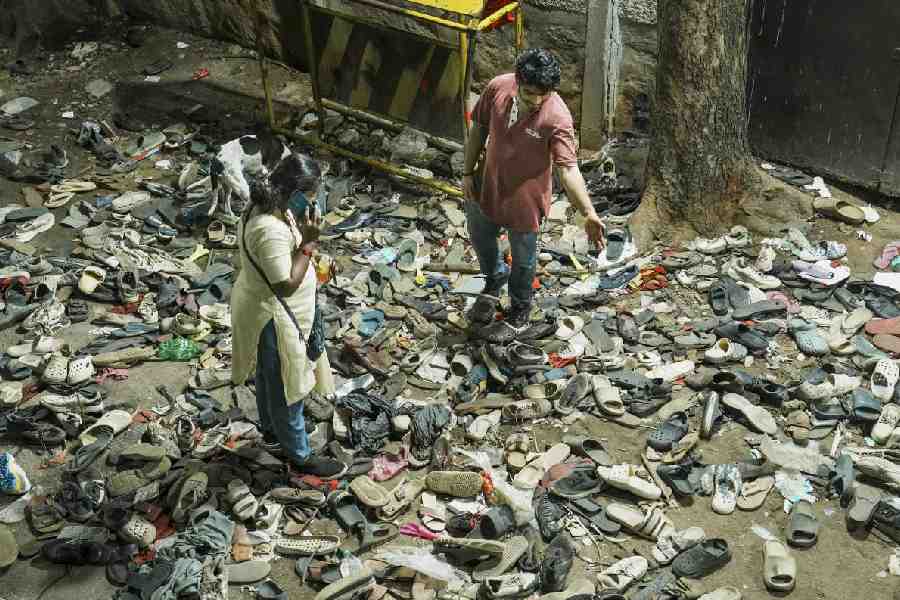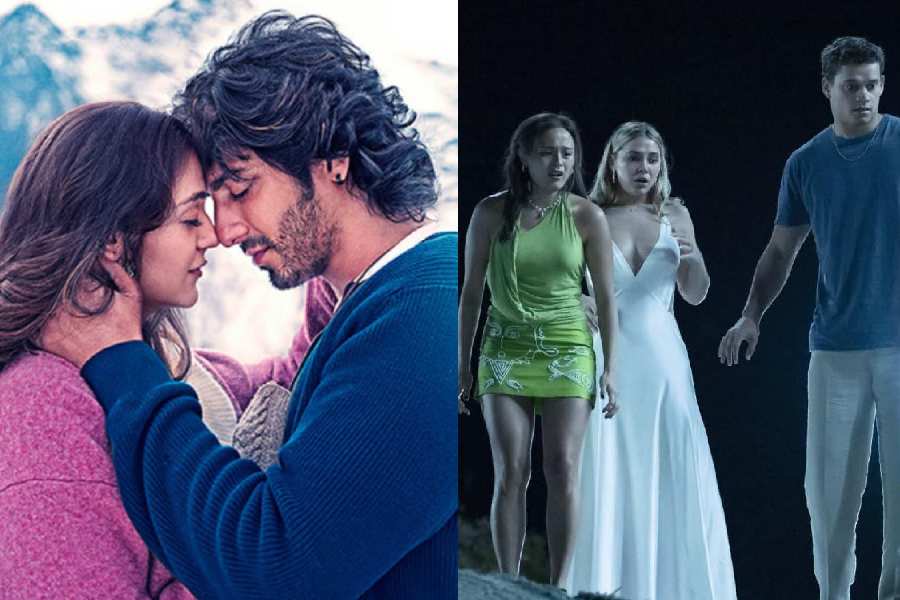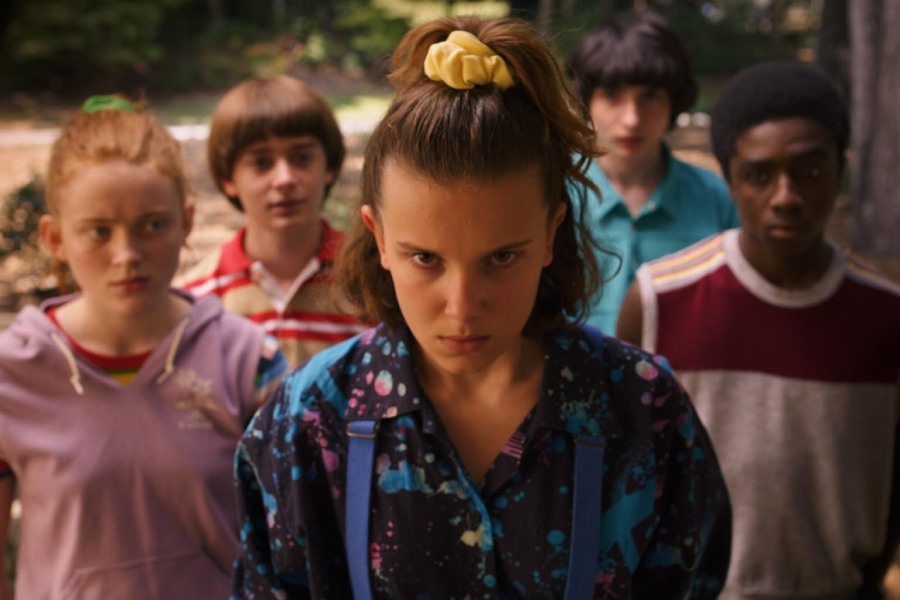Last week, the National Commission for Women (NCW) restored the marriage of Balkundri of Oraon tribe with Balak Lohra of Lohra tribe. The NCW obviously acted against the wishes of the village panchayat, who had stripped the couple and paraded them naked on the streets on April 11 for tying the knot ?in violation of social norms? in Baski village.
Our editor asked me to find out why such incidents had been taking place in the tribal society. He, shocked and surprised over the naked parade of the hapless couple, rightly pointed out that unlike the mainstream Hindu/ Muslim society, the tribal society is quite liberal and the boys and girls choose their life partners according to their choice. At that time, I failed to satisfy the editor?s queries about our report on the incident. It did not explain the reasons for a couple paraded naked in a society that allows its males and females to choose their mates. A brief study of the tribal marriage system and a dialogue on the issue with friends helped me find the answer.
It is true that the tribal society is more liberal towards the girls than the ?mainstream? Hindu/ Muslim society, which is still regulated by feudal orders, particularly in rural India. Male domination, subjugation of women and dowry are common phenomena in the ?mainstream? societies. Unlike in the ?mainstream? societies, the tribals organise melas, haats and bazaars periodically for their youngsters to chose partners. For instance, the Santhals organise His-Law mela during their marriage season in February and March. The Munda?s organise Jeth-Jatra and other tribes organise Ind mela? and Maghe parab for the same reasons. The common pattern in these melas is the boys and girls seeking a partner attend them. The groom offers a bamboo comb to the bride of his choice. By accepting it, the girl agrees to the proposal. They then ?elope? and live in hiding until the boy?s parents, relatives and other villagers reach the bride?s home and offer a saaree and a certain amount to the girl. Both the sides then wine, dine and dance together on the beat of drums and cymbals marking the solemnisation of the marriage.
The system, however, is not free for all. There are certain norms and rules to regulate it. For instance, an Oraon girl can?t marry a Munda boy or vice versa. A Ho can?t marry a Santhal. The marriage aspirants are supposed to find their partners only in their own communities. Moreover, the marriage between a boy and a girl of the same gotra (sub-sect) of a community too is illegal. The boy and girl of the same gotra are supposed to be treated as brother and sister.
There are severe punishment prescribed for those who violate the marriage norms. Recently at Bhundupani in Lohardagga district, Dayamani Bagla and Nelson Bagla, who belonged to same gotra of a tribe, got married. The villagers declared the couple dead and installed a stone in their name inscribing the ?declaration of death? as part of what they describe as ?pathalgadi? ceremony to disapprove the marriage. Reports suggest that the couple has gone into hiding to evade the community?s wrath. Though the NCW has restored the marriage of Balkundri and Balak Lohra with the help of the local administration, the action is yet to find approval of the Baski panchayat. Reports suggest that tension prevails in Baski for the villagers are treating the NCW?s action as an ?interference? in their system. Even in its limitations, however, the tribal society is more liberal than our so-called ?mainstream? society. Though within the limitations of their own communities, the boys and girls are free to choose their partners according to their wishes. Male domination, subjugation of women and torture for dowry are still, by and large, unheard of in the tribal society.





